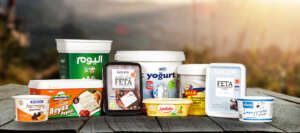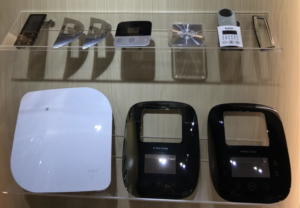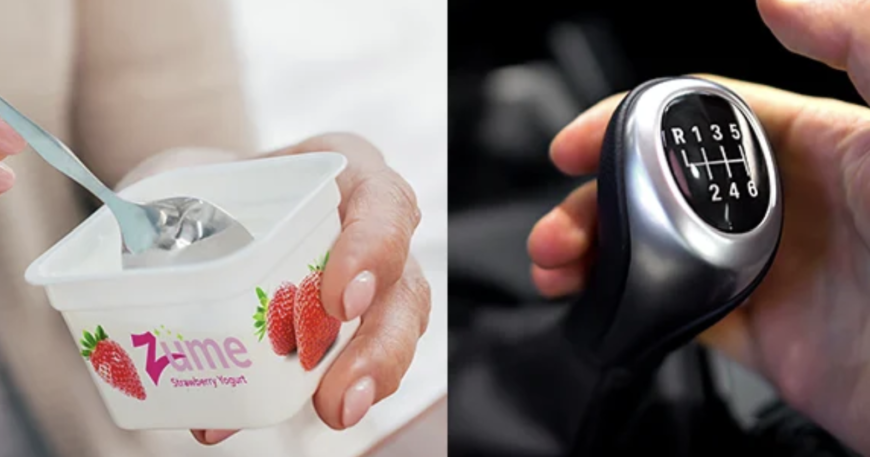In-Mold Labeling VS In-Mold Decorating
In-mold labeling (IML) and in-mold decorating (IMD) emerged during the 1970s as innovative alternatives to the traditional practice of applying decals or labels to products after the production process.
Both IML and IMD are methodologies employed in the manufacturing industry to eliminate or replace the need for post-molding labeling in the production of injection-molded plastic components.
The fundamental concept behind these techniques involves the insertion of a pre-printed label into an empty mold, strategically securing the label in place using methods such as vacuum ports, electrostatic charge, or other means. Once the mold is sealed, plastic is injected into the mold, leading to the integration of the label as an intrinsic part of the final product.
Despite occasional interchangeable usage of the terms, it is important to recognize that in-mold labeling and in-mold decorating possess distinctive differences. The decision regarding which process is more suitable for a particular business is contingent upon the nature of the products manufactured by the company. Factors such as design requirements, production volume, and desired aesthetic outcomes play crucial roles in determining whether in-mold labeling or in-mold decorating is a better fit for the manufacturing processes of a given company.
-
Definition:
- In-Mold Labeling (IML): This manufacturing method finds its predominant application in the production of products characterized by a limited lifespan. Examples encompass perishable goods like food or cosmetic containers, disposable water bottles, and various household items. Typically, the labels employed in this process are crafted from extremely thin polypropylene foils, contributing to their cost-effectiveness. The utilization of this technique is optimized in high-speed operations, particularly those involving thin-walled molds and multi-cavity injection molding machines.
- In-Mold Decorating (IMD):This technique is specifically tailored for products characterized by an extended lifespan, encompassing components for appliances, toys, automotive parts, and durable items related to lawn and garden equipment. In contrast to its short-lived counterpart, the label material and thickness in this method exhibit greater variability, accommodating the robust demands of long-lasting products. This approach is particularly well-suited for application in thick-walled molds and injection molding machines featuring a lower cavity count.
-
Application:
- IML: Primarily used for adding labels with high-quality graphics and branding to plastic containers, lids, and other packaging products.
- IMD: Encompasses a wider range of decorative options, including printing graphics directly onto the product surface or using film inserts to create decorative elements in the mold.
-
Process:
- IML: Involves placing a pre-printed label or label film into the mold cavity. The plastic material is then injected, and the label bonds with the plastic as it solidifies.
- IMD: Can involve various decorating techniques, such as screen printing or pad printing directly onto the plastic surface, or inserting a decorated film into the mold.
-
Complexity:
- IML: Generally considered a more straightforward process, especially when using pre-printed labels.
- IMD: Offers greater flexibility in terms of design options but may involve more intricate printing or decorating processes.
-
Design Flexibility:
- IML: Limited to the size and shape of the label, though labels can be die-cut into various shapes.
- IMD: Provides more design flexibility, allowing for intricate graphics, textures, and a broader range of decorative possibilities.
-
Cost:
- IML: Can be cost-effective for high-volume production due to the simplicity of the process.
- IMD: May be more expensive, especially for complex designs or lower production volumes.
Both IML and IMD have their advantages and are chosen based on the specific requirements of the product, production volumes, and desired aesthetics. Manufacturers often select the process that best aligns with their design goals, budget constraints, and overall production needs.
Opting for in-mold labeling (IML) and in-mold decorating (IMD) presents compelling alternatives to the use of pressure-sensitive or other post-molding methods. While there may be initial costs associated with transitioning to IML or IMD, the long-term benefits include a more polished appearance for your products, extended durability, and an enhanced brand image among consumers.
MARKROBOTIC Systems has been at the forefront of innovation, serving as a leader in integrating automation and robotics within the plastics industry since 2015. Our solutions are meticulously engineered and tailored to seamlessly integrate into your application and manufacturing processes. Whether you require complete turnkey automation systems or customized robotic solutions for specific applications and tooling needs, Robotic Automation Systems proudly delivers high-quality automation solutions. Representing a diverse range of top-tier manufacturers, we are dedicated to providing excellence in automation for the plastics industry.
If you would like to see how we can help you with your automation or robotic needs, visit our website markrobotic.com







